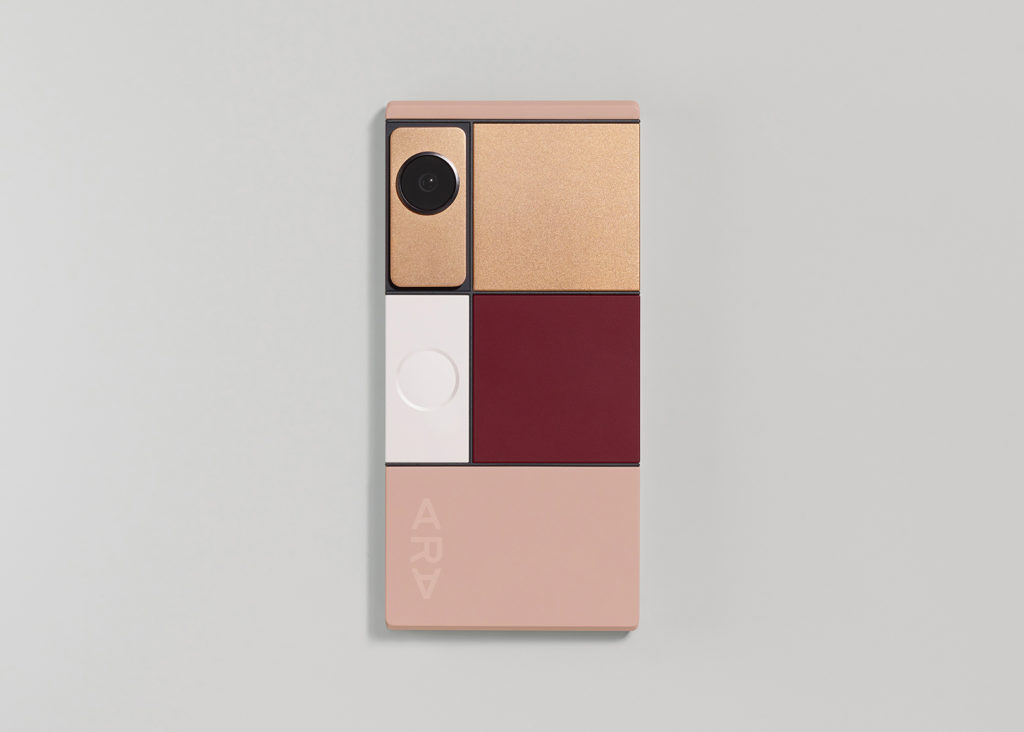As the first of Google‘s steps to streamline and unify its various hardware projects, the ambitious Project Ara might never see the daylight.
This doesn’t necessarily mean the dream of a modular, fully customizable phone is dead, as the company could join efforts with other phone making companies through licensing agreements of Project Ara’s technologies. The project already had some struggles, being its cancellation just the latest and likely final in a string of difficulties.

The quest for a modular phone
In the original vision, every single component, including the screen, the speakers, the camera and the processor, was modular and thus could be replaced depending on the owner’s taste. However, this was a tough concept to turn into reality, much to the disappointment of the Dutch designer of the phonebloks concept, Dave Hakkens.
That is why Project Ara went from Motorola and Hakkens’ modular vision to having various critical components of the phone, such as the battery and processor as part of an irreplaceable skeleton, with just a few, less essential elements, like the camera and speakers, actually modular.

In August last year, Google had canceled plans to release the phone in Puerto Rico with local carriers. The modular nature of the phones made them bulkier and more expensive to manufacture, compared to traditional phones. Google was expected to release a “developer version” of the phone in Fall 2016 and a consumer version next year.
Disappointing news
The modular phone concept caused more than a few waves across the tech community. Users could practically build their phones to their custom specifications, and the original designer, Dave Hakkens, hoped it could help reduce e-waste, as the modular phones also had the potential to extend a device’s lifespan.
While not everything is lost, as the technology could be licensed to phone makers, it could take a while for the public to get modular phones, and especially completely modular phones like Project Ara’s original concept.
The short life of Project Ara
Motorola Mobility was acquired by Google in 2011, becoming a subsidiary of the latter. The exploration of the modular phone concept began sometime in 2012, with actual work starting on April 1st of the following year. In an exciting development, Dave Hakkens independently unveiled his modular phone concept in September of that same year: Phonebloks.
Motorola and Phonebloks would join forces to work on the project, which was officially and publicly announced on October 29, 2013. An almost working prototype was revealed at Google I/O 2014, and the “Spiral 2” prototype was revealed in January 2015, with a later version meant to be released and tested in Puerto Rico later that year.
The original concept was then scrapped and heavily reworked, making many core components irreplaceable and part of a frame with extensible modular add-ons available. The “Developer Edition” of the latest iteration of Project Ara was unveiled at Google I/O 2016.
The project was headed by Motorola’s Advanced Technology and Projects (ATAP) team, which remained with Google after Motorola was sold to Lenovo. The project eventually became a separate division from ATAP. The introductory price for the Developer Edition would have been somewhere around $100.
Source: Reuters
